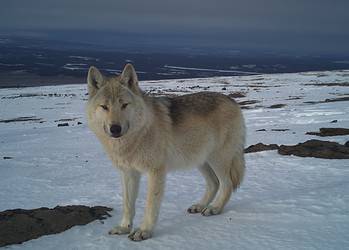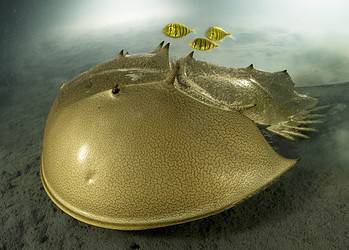Central America is home to one of the greatest biodiversity on the planet. It’s here among its rainforests that you can still find large swaths of land where there aren’t any humans living nearby. But being sparsely populated also makes the region an attractive route to smuggle drugs and other logistical operations. In Honduras and Guatemala, particularly, all law and order seems to cede in the face of the narco-cartels who are razing forests to build airfields, roads and even ranches right in the middle of protected national parks. It’s all a nasty business, and the greatest victims are those who play the least part in it all: the wildlife.
In 2011, UNESCO listed Honduras’s Río Plátano Biosphere Reserve as a “World Heritage in Danger”. The reserve is one of the few remains of a tropical rainforest in Central America and has an abundant and varied plant and wildlife. In its mountainous landscape sloping down to the Caribbean coast, over 2,000 indigenous people have preserved their traditional way of life. These ancient tribal lands are now being cleared to make way for cocaine trade.
“They used axes, chainsaws and earth compactors to flatten the land,” said a tribe’s leader for Al Jazeera, one of four elders who agreed to speak out for the first time, on the condition of strict anonymity. “Then they brought in sand to surface the strips, which were big enough for aircraft with one or two engines to land.”
The area now serves around 39 cocaine drop zones. The government sometimes cracks down some of the airstrips, as evidences by the abandoned and burned-out aircraft which you can easily find, but more seem to popup in their place. Central America has long been a corridor for cocaine headed to U.S. markets. Trafficking operations erupted there after Mexico began to crack down on cartels in 2006, and nowadays these aircraft land as often as two or three times a week on the clandestine airstrips.
Honduras and Guatemala are at the epicenter of the global drug trade, and it’s not wonder they’ve also experienced some of the most extreme habitat loss in Latin America. Species like the giant anteaters, jaguars, ocelots and manatees as well as flocks of increasingly scarce macaws are now extremely vulnerable and run a high risk of going extinct, the jaguars in particular. In Honduras, the jaguar population is estimated at two per 100 square kilometers (38.6 square miles) of habitat, while in neighboring Belize the population stands at 11 per 100 square kilometers. How so? Well, a lethal combination of a cocaine and cows.
You see, to launder the drug money, the cartels often buy or, why not, claim land near the rainforest, clear it, and either plant palm oil trees or build cow ranches.
“In La Mosquitia there are narco traffickers that are buying huge tracts of land and just clear-cutting primary rain forest,” says James Adams for the Global Post, resident naturalist at the Lodge at Pico Bonito, a jungle hideaway near Pico Bonito National Park in Honduras. “No one is doing anything about it … they’re turning their cash into cattle and they need land.”
Only ten years ago, Guatemala’s Peten region used to be largely undeveloped rain forest and savannah. Now, over night seemingly, it’s been converted into a huge African oil palm production facility.
The drug cartels operations aren’t hampered by the government. On the contrary, corrupted officials work hand in hand with the developers, who serve narco trafficking interests. What’s hilarious is that land grabbing is fairly common. A developer might see an area of interest and just seize it, then forge property right later, even in protected national parks where there shouldn’t be any private property. If you accuse them of land theft, they’ll bluntly call you crazy: “how can it be a protected rain forest, can’t you see it’s a ranch?” It would be hilarious, were it not depressingly true.
It’s a heinous affair, and those would like this to change and fight are few and vulnerable. Scientists who want to conserve the local wildlife run in mortal peril whenever they’re out in the field setting camera traps or inspecting the rain forest. “Our members have been attacked,” says Santiago Ochoa, a conservationist working with the international NGO Rainforest Alliance in Guatemala, whose name has been changed to protect his identity.. “They can kill you — there’s always the possibility.”
“The drug war is causing a lot of fear in the people who are supposed to enforce conservation law,” says an anonymous conservationist. “When rangers go out to pursue an environmental crime, they’re usually going up against drug lords. … You’re going up against a lot of connections in government — congressmen, generals.”






